Stir-fried duck, a dish that marries tender meat with a symphony of bold, aromatic flavors, is a cornerstone of many Asian cuisines. Revered for its rich taste and versatility, this culinary masterpiece has transcended borders, captivating food enthusiasts worldwide. Whether served in bustling night markets, family kitchens, or high-end restaurants, stir-fried duck embodies the essence of umami—a balance of savory, spicy, and tangy notes that dance on the palate. This article explores the history, techniques, and cultural significance of this beloved dish, while providing a step-by-step guide to mastering it at home.
A Historical Tapestry
The origins of stir-fried duck can be traced back centuries, with roots embedded in Chinese culinary traditions. Duck, prized for its robust flavor and nutritional value, has been a staple in Chinese diets since ancient times. Early recipes often emphasized simplicity, using minimal ingredients to highlight the meat’s natural taste. Over time, as trade routes expanded and cultural exchanges flourished, the dish evolved, incorporating influences from Southeast Asia, Korea, and beyond. Today, variations of stir-fried duck exist across continents, each region adding its unique twist—be it the addition of lemongrass in Thailand, gochujang in Korea, or star anise in China.
The Anatomy of Flavor
At its core, stir-fried duck thrives on contrast. The meat’s inherent gaminess is tempered by a medley of fresh herbs, spices, and aromatics. Common ingredients include ginger, garlic, scallions, chili peppers, and soy sauce, which work in harmony to create a layered taste profile. The cooking method itself—high-heat stir-frying—sears the meat, locking in moisture while caramelizing the exterior, resulting in a crisp texture that contrasts with the tender interior.
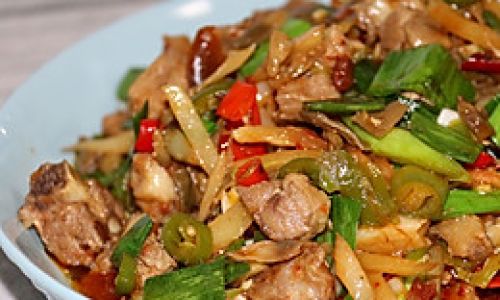
Selecting the Perfect Duck
The journey to a perfect stir-fry begins with selecting the right duck. While whole ducks are traditional, many modern recipes call for boneless, skin-on duck breast or thigh meat for convenience. Opt for fresh, high-quality meat with vibrant color and minimal fat marbling. If possible, choose free-range or organic duck, as it tends to have a cleaner, less gamey flavor. For those seeking a leaner option, duck thighs are ideal—they retain moisture during cooking and are less prone to drying out compared to breast meat.
Marination: The Secret to Depth
Marination is a critical step in elevating the dish’s complexity. A typical marinade combines soy sauce, rice wine, cornstarch, and a touch of sugar. The soy sauce imparts umami, while the rice wine tenderizes the meat and neutralizes any lingering gamey notes. Cornstarch acts as a velveting agent, creating a protective coating that seals in juices during stir-frying. For an added layer of flavor, incorporate minced garlic, ginger, or five-spice powder into the marinade. Allow the duck to marinate for at least 30 minutes, or overnight for maximum impact.
The Wok: A Tool of Precision
Central to stir-frying is the wok—a versatile pan designed for high-heat cooking. Its concave shape ensures even heat distribution, allowing ingredients to cook rapidly while retaining their texture. If a wok is unavailable, a large skillet with sloped sides can serve as a substitute. Preheat the wok over high heat until it begins to smoke, then add a neutral oil with a high smoke point, such as peanut or vegetable oil. Swirl the oil to coat the surface, creating a non-stick barrier.
Stir-Frying Technique: Fire and Motion
Stir-frying is an art of speed and precision. The goal is to cook ingredients quickly over intense heat, preserving their vibrancy and nutrients. Begin by searing the marinated duck in batches to avoid overcrowding the pan—this ensures even browning and prevents steaming. Once the meat is caramelized, remove it from the wok and set it aside.
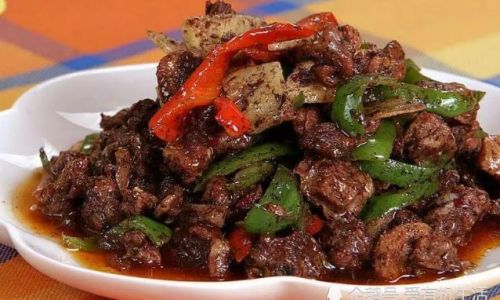
Next, add aromatic vegetables like bell peppers, onions, or snap peas to the wok, stirring constantly to prevent burning. Retain the duck’s rendered fat for added flavor, or drain excess oil if a lighter dish is desired. Introduce bold seasonings—fresh chili, fermented black beans, or oyster sauce—to build depth. Finally, reintroduce the duck to the wok, tossing everything together until the ingredients are coated in a glossy sauce.
Balancing Act: Acidity and Heat
A hallmark of great stir-fried duck is its ability to balance heat and acidity. Incorporate ingredients like vinegar, lime juice, or pickled vegetables to cut through the richness of the meat. For those who enjoy spice, fresh bird’s eye chilies or Sichuan peppercorns add a tingly heat that lingers on the tongue. Adjust the seasoning to taste, ensuring no single flavor dominates.
Serving Suggestions
Stir-fried duck pairs beautifully with a variety of accompaniments. Serve it over steamed jasmine rice, which absorbs the flavorful sauce, or alongside crispy noodles for added texture. For a low-carb option, wrap the duck in lettuce leaves with fresh herbs and a drizzle of hoisin sauce. Garnishes like chopped cilantro, toasted sesame seeds, or fried shallots add visual appeal and a final burst of flavor.
Regional Variations
The beauty of stir-fried duck lies in its adaptability. In Thailand, Ped Pad Prik features duck stir-fried with basil, chili, and garlic, while Vietnamese Vit Xao Sau incorporates lemongrass and fish sauce for a bright, herbal note. In China, Chaoshao—a crispy-skinned duck variant—is often sliced and stir-fried with vegetables, while Korean Oryong-gui uses gochujang and honey for a sweet-spicy glaze.
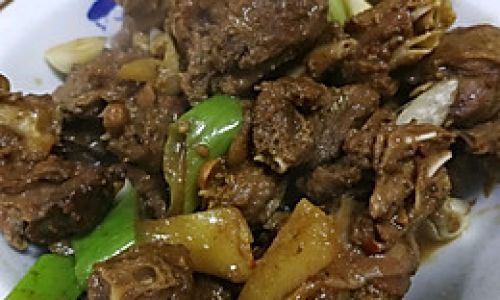
Health Benefits and Nutritional Value
Beyond its culinary appeal, stir-fried duck offers notable health benefits. Duck meat is rich in protein, iron, and selenium, which supports immune function and muscle health. When prepared with minimal oil and fresh ingredients, the dish becomes a nutritious, balanced meal. To reduce fat content, trim excess skin or opt for leaner cuts like breast meat.
Troubleshooting Common Pitfalls
Even seasoned cooks encounter challenges. If the duck turns out tough, ensure it is not overcooked—remove it from the heat while still slightly pink, as residual heat will finish cooking. A soggy stir-fry often results from overcrowding the pan; cook in batches to maintain high heat. For a lackluster sauce, adjust the seasoning with a splash of soy sauce, vinegar, or sugar to restore balance.
Conclusion: A Dish That Transcends Time
Stir-fried duck is more than a meal—it is a testament to culinary ingenuity, a dish that has evolved over centuries while retaining its ability to delight. Whether enjoyed in a bustling street market or a quiet home kitchen, it embodies the joy of sharing food, culture, and tradition. With practice, any home cook can master this timeless recipe, transforming simple ingredients into a feast for the senses. So fire up the wok, gather your ingredients, and embark on a flavorful journey that celebrates the art of stir-frying.
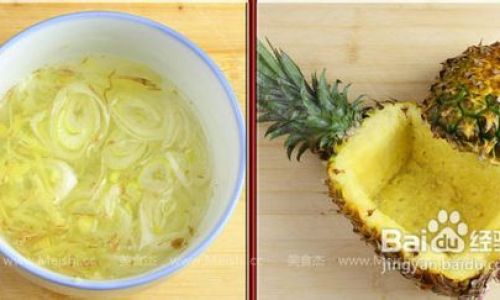
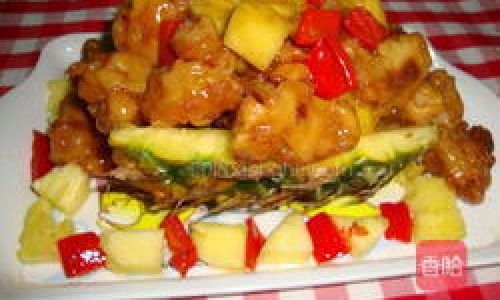
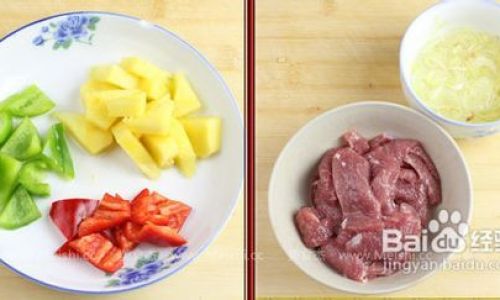
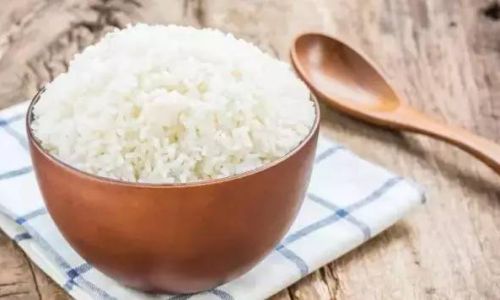
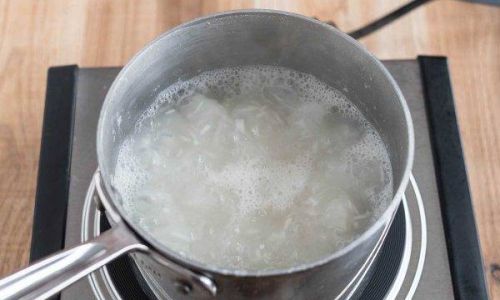
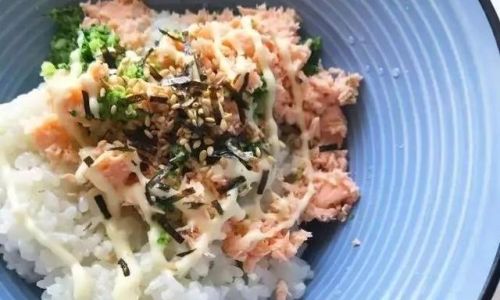
0 comments